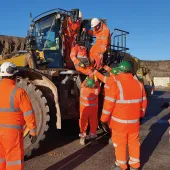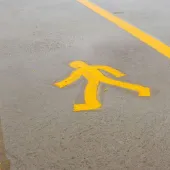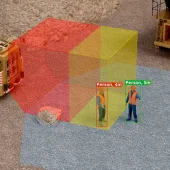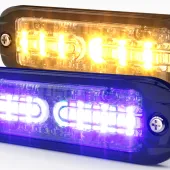Brigade see increase in use of offside cameras
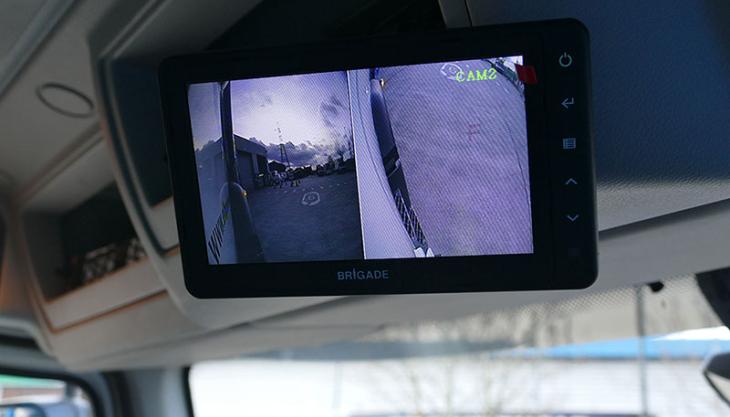
Company says cameras increasingly being fitted to cover the offside blind sport on large trucks
BRIGADE Electronics say they have seen a steady increase in customers fitting cameras to cover the driver’s offside blind spot in addition to the nearside.
The nearside blind spot has been widely publicised in the media as the main contributory factor in the event of cyclist fatalities following collisions with HGVs. As a result, many operators now fit vehicle safety devices to prevent such incidents.
Construction sites such as Crossrail and accredited industry bodies, including Transport for London’s FORS scheme and the Mineral Products Association, require members to fit products including side sensors, left-turn audible warnings and camera monitor systems, but the offside driver’s blind spot has previously never been a requirement.
Brigade’s marketing manager, Emily Hardy, explained: ‘We envisage blind spot devices for the offside will become best practice with the larger operators in the near future. There is evidence of this growing trend in the new CLOCS standard which states that ‘vehicles over 3.5 tonnes gross vehicle weight should be fitted with operational equipment to audibly warn vulnerable road users when a vehicle is turning right’.
‘Currently this is only an emerging practice and not something operators have to do. However, with the ever-changing specifications customers are starting to cover the offside in advance, anticipating that they will have to do it eventually anyway. One of our Business Service Partners, Commercial Safety Systems, has already started fitting Sidescan obstacle-detection sensor kits to the offside for this reason.’
ELB Partners Ltd, are one of Brigade’s customers who have gone above and beyond the requirements of FORS standards and other specifications, by fitting five cameras to two brand new Volvo FL trucks.
One camera is fitted to the offside to cover the driver’s blind spot when he is turning right. A second camera is fitted to the rear of the vehicle to assist reversing manoeuvres and a front camera detects anything in front of the vehicle, lower than the cab and out of the driver’s eye line.
Mark Norman, transport manager at ELB, then identified two blind spots on the nearside. He said: ‘This is where the bulk of the problem is. We fitted two cameras to the nearside, one looking backwards to see along the length of the vehicle and one on the front nearside corner panel looking down to see the immediate blind spot by the wheel arch.
‘We were quite interested in the glazed lower door panel that allows the driver to see through the door, but we decided to fit an extra camera to provide a wider field of view.’
As a result of the company’s commitment to vehicle safety, ELB have been awarded FORS Gold status, the top level in the FORS scheme.





